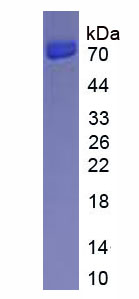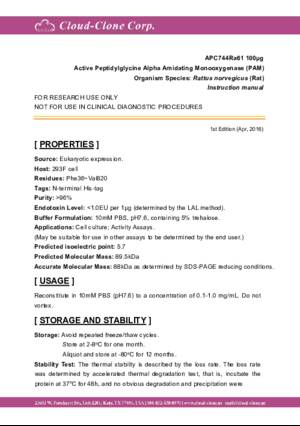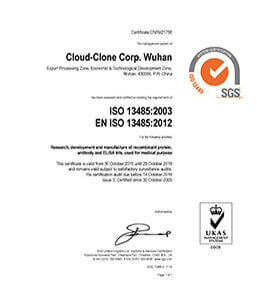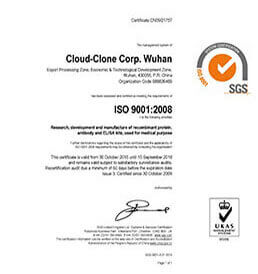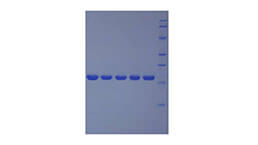Active Peptidylglycine Alpha Amidating Monooxygenase (PAM)
PAL; PHM; Peptidylamidoglycolate lyase; Peptidyl-Alpha-hydroxyglycine Alpha-amidating Lyase; Peptidylglycine Alpha-Hydroxylating Monooxygenase
- Product No.APC744Ra61
- Organism SpeciesRattus norvegicus (Rat) Same name, Different species.
- Buffer FormulationPBS, pH7.4, containing 5% Trehalose.
- Traits Freeze-dried powder
- Purity> 95%
- Isoelectric Point5.7
- ApplicationsCell culture; Activity Assays.
- DownloadInstruction Manual
- UOM 10µg50µg 200µg 1mg 5mg
- FOB
US$ 390
US$ 975
US$ 1950
US$ 5850
US$ 14625
For more details, please contact local distributors!
ACTIVITY TEST

Peptidyl-glycine alpha-amidating monooxygenase(PAM) is an enzyme that is required for the biosynthesis of many signaling peptides. It has two enzymatically active domains with catalytic activities - peptidylglycine alpha-hydroxylating monooxygenase (PHM) and peptidyl-alpha-hydroxyglycine alpha-amidating lyase (PAL). These catalytic domains work sequentially to catalyze neuroendocrine peptides to active alpha-amidated products. A typical activity assay using Dns-Tyr-Val-Gly as substrate, thus the recombinant rat PAM activity was measured by its ability to hydrolyze Dns-Tyr-Val-Gly to Dns-Tyr-Val-NH2. The reaction was performed in 1ml containing 100mM MES/KOH pH 6.0, 30mM KI, 30mM KCl, 1μmol/L cupric sulfate, 100ug/ml catalase, 1% (v/v) ethanol,0.001% (v/v) Triton X-100, 10mM ascorbate ,0.35mM/L Dns-Tyr-Val-Gly(0.2mg/ml) and initiated by addition various concentrations of PAM(0.1ug/ml,1ug/ml,5ug/ml). Incubated at 37℃ for 30min, the reaction stopped by addition 6% (v/v)TCA . The product and substrate was detected by RP-HPLC with UV-detection at 280nm, the analyses were performed at 25℃ employing a Agilent ZORBAX Poroshell SB C18 column(9.4×250mm,5μm), the flow rate was 1ml/min. The mobile phase consisited of 100 mM sodium acetate (pH 6.5) and 35min linear gradient of 10-90% acetonitrile. The result was shown in Figure 1. As the Figure 1 shows, after 30min later, the substrate have been hydrolyzed when the PAM was 5 ug/ml. The retention time of Dns-Tyr-Val-Gly and Dns-Tyr-Val-NH2 is 24.315 and 30.806 respectively. The specific activity of recombinant rat PAM is > 7600 pmol/min/µg.

Specific Activity (pmol/min/µg) =
*Adjusted for Substrate Blank
**Derived using calibration standard Dns-Tyr-Val-NH2

USAGE
Reconstitute in 10mM PBS (pH7.4) to a concentration of 0.1-1.0 mg/mL. Do not vortex.
STORAGE
Avoid repeated freeze/thaw cycles. Store at 2-8°C for one month. Aliquot and store at -80°C for 12 months.
STABILITY
The thermal stability is described by the loss rate. The loss rate was determined by accelerated thermal degradation test, that is, incubate the protein at 37°C for 48h, and no obvious degradation and precipitation were observed. The loss rate is less than 5% within the expiration date under appropriate storage condition.
GIVEAWAYS
INCREMENT SERVICES
-
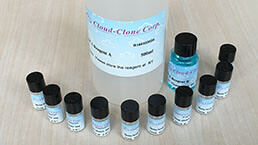 BCA Protein Quantification Kit
BCA Protein Quantification Kit
-
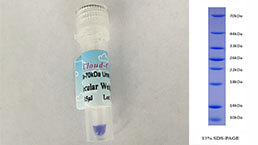 Molecular Mass Marker for Protein
Molecular Mass Marker for Protein
-
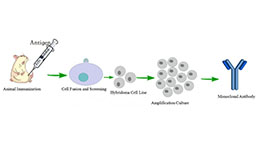 Monoclonal Antibody Customized Service
Monoclonal Antibody Customized Service
-
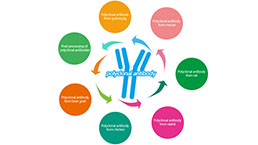 Polyclonal Antibody Customized Service
Polyclonal Antibody Customized Service
-
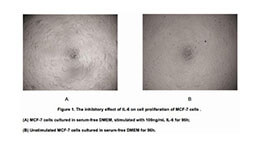 Protein Activity Test Experiment Service
Protein Activity Test Experiment Service
-
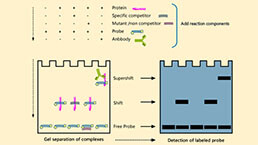 Electrophoretic Mobility Shift Assay (EMSA) Experiment Service
Electrophoretic Mobility Shift Assay (EMSA) Experiment Service
-
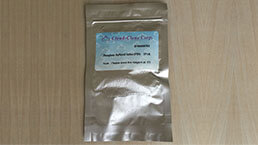 Buffer
Buffer
-
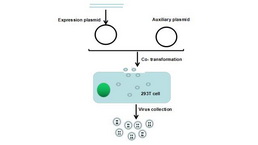 Lentivirus Packaging Experiment Service
Lentivirus Packaging Experiment Service
-
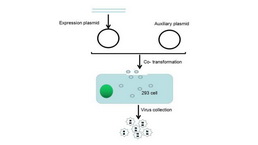 Adenovirus Packaging Experiment Service
Adenovirus Packaging Experiment Service
-
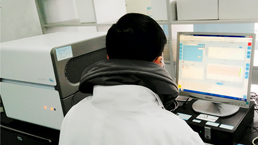 Real Time PCR Experimental Service
Real Time PCR Experimental Service
-
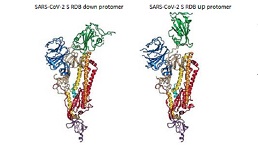 Spike RBD Protein (S-RBD)
Spike RBD Protein (S-RBD)
-
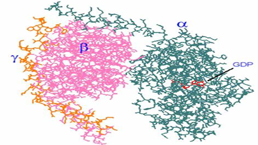 Protein G
Protein G
-
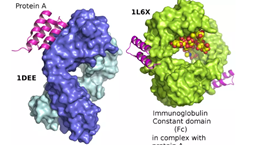 Protein A
Protein A
| Catalog No. | Related products for research use of Rattus norvegicus (Rat) Organism species | Applications (RESEARCH USE ONLY!) |
| EPC744Ra61 | Eukaryotic Peptidylglycine Alpha Amidating Monooxygenase (PAM) | Positive Control; Immunogen; SDS-PAGE; WB. |
| APC744Ra61 | Active Peptidylglycine Alpha Amidating Monooxygenase (PAM) | Cell culture; Activity Assays. |



